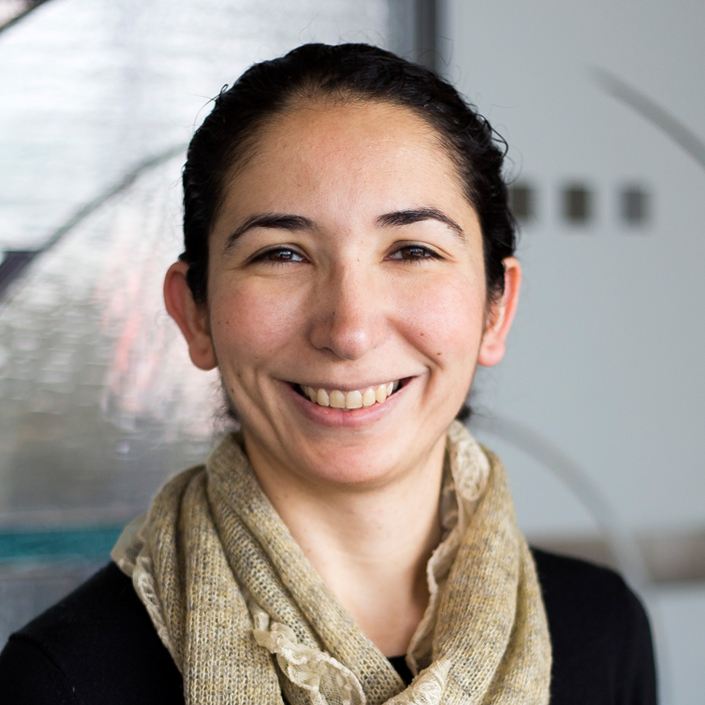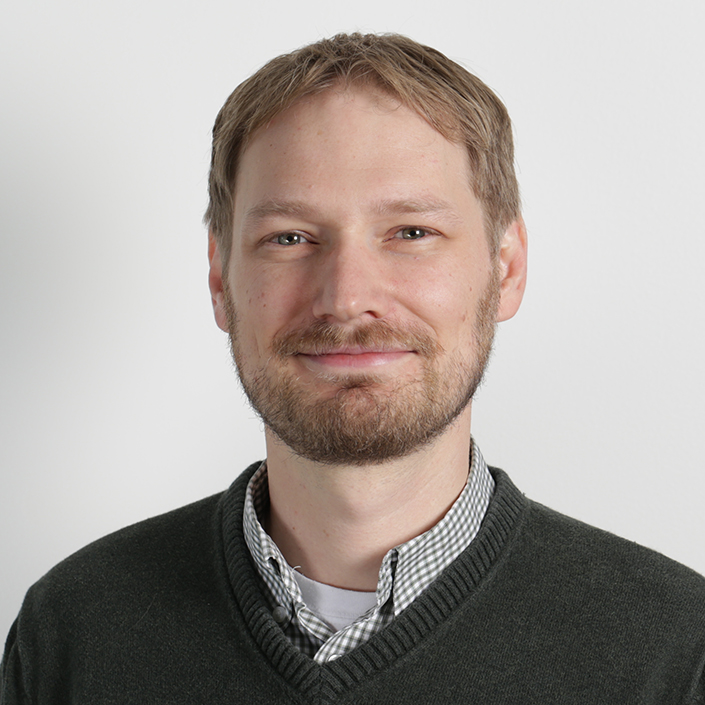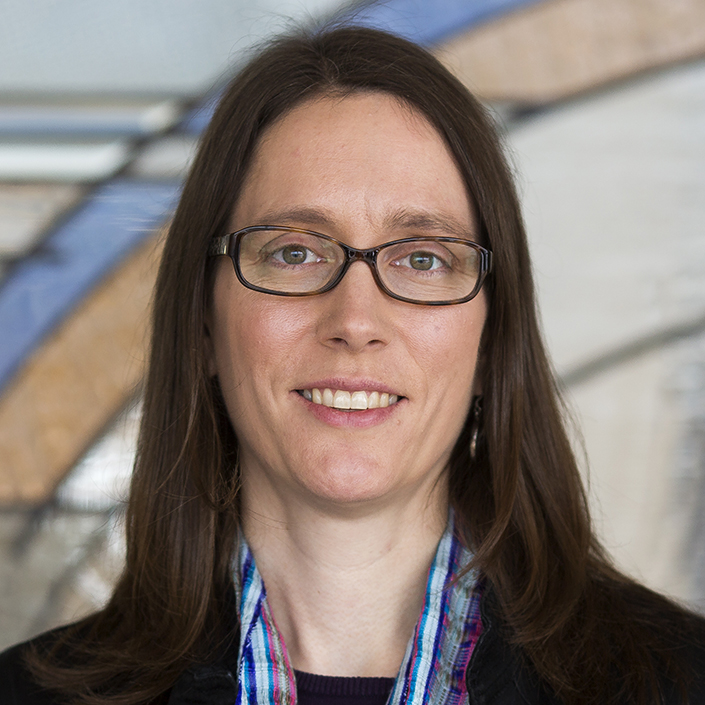2022 SURE/SROP Research Projects in ECE
Directions: Below are listed the most recent descriptions of 2022 Summer Undergraduate Research in Engineering (SURE) and Summer Research Opportunity Program (SROP) projects available in Electrical and Computer Engineering (ECE). Please consider this list carefully before applying to the SURE or SROP program. You are welcome to contact faculty if you have additional, specific questions regarding these projects.
*IMPORTANT*: In addition to their online application, SURE applicants for ECE projects must also submit a resume and statement explaining their interest in and qualifications for the project that most interests them, including why they wa7nt to work on the project, the relevant skills they bring, and what they expect from their experience. The statement should be no longer than one page (12 point font and 1” margins) and must be uploaded in “other” at the bottom of the online application. Applications without this information may not be considered. Please include your name and UMID on all documents submitted.
SROP applicants for ECE projects should follow the specific directions outlined in the online application.
| Research Area | Project Number | |
|---|---|---|
| Applied Electromagnetics & RF Circuits | 1, 2 | |
| Computer Vision | 3 | |
| Control Systems | 4, 5 | |
| Embedded Systems | 6 | |
| Robotics | 7 | |
| Signal & Image Processing and Machine Learning | 8 | |
| Solid State & Nanotechnology | 9, 10, 11, 12, 13, 14 |
Applied Electromagnetics & RF Circuits
ECE Project 1: Metasurface-Based Antenna and Lens Systems
Faculty Mentor:

Anthony Grbic
[email protected]
Course format:
Hybrid
Prerequisites:
EECS 230 required. EECS 330 preferred.
Description:
The research area of metamaterials has captured the imagination of scientists and engineers over the past two decades by allowing unprecedented control of electromagnetic waves. The extreme manipulation of electromagnetic waves has been made possible by the fine spatial control and wide range of material properties that can be attained through subwavelength structuring/patterning. Research in this area has resulted in devices which overcome the diffraction limit, render objects invisible, and even break time reversal symmetry. It has also led to flattened and conformal optical systems and ultra-thin antennas.
Electromagnetic metasurfaces are finely patterned surfaces whose intricate patterns/textures dictate their electromagnetic properties. Conventional field-shaping devices, such as lenses in prescription eye glasses or a magnifying glass, require thickness (propagation length) to manipulate electromagnetic waves through interference. In contrast, metasurfaces manipulate electromagnetic waves across ultra-thin thicknesses through surface interactions.
In this project, the student researcher will analyze, characterize and design metasurface-based antennas and lens systems, and test experimental prototypes at microwave/millimeter-wave frequencies. These prototypes will be fabricated using additive manufacturing techniques. The student will become well versed in industry-standard microwave/electromagnetic CAD packages. They will use these packages to simulate metasurface designs, and develop their own metasurfaces. The metasurfaces will be characterized in the lab using a Gaussian beam measurement system. The student will study wave propagation and develop analytical/theoretical models for complex 2D structures. They will employ modern techniques for the synthesis of microwave and millimeter-wave devices.
ECE Project 2: Space-Time Varying RF Circuits
Faculty Mentor:

Anthony Grbic
[email protected]
Course format:
Hybrid
Prerequisites:
EECS 215, EECS 216, & EECS 230.
Description:
Space-time modulation has attracted renewed interest within the fields of radio frequency (RF) circuits, applied electromagnetics and optics in recent years. Progress in the availability and performance of tunable semi-conductor devices as well as electro-/magneto-optic, phase change, and 2D materials have drawn researchers to examine the modulation of electronic circuits and electromagnetic/optical devices in both space and time. Space-time modulation enables filtering (n-path circuits), frequency conversion, parametric amplification, and more recently non-reciprocity (one-way transmission).
In this project, the student will develop an in-depth understanding of high frequency circuits, as well as methods to analyze time-modulated and space-time modulated RF circuits. He/she will then apply this knowledge to the realization of novel RF components such as sub-harmonic frequency translators, and magnet-free isolators and circulators. The student will gain a working knowledge of harmonic balance circuit solvers and RF CAD packages, as well as hands-on microwave measurement and high frequency circuit characterization experience. The student will work alongside graduate researchers to develop time and space-time modulated circuits and systems. They will develop space-time modulated RF circuits for various wireless applications relevant to 5G wireless systems, full duplex communications, and radar.
Computer Vision
ECE Project 3: Detecting Fake Images
Faculty Mentor:

Andrew Owens
[email protected]
Course format:
In person
Prerequisites:
EECS 442 (or equivalent)
Description:
Computer vision researchers face a dilemma: as their methods improve, so do the tools for malicious image manipulation. For this project, we will develop new methods for detecting manipulated images and video, such as “deep fake” face swap videos. These methods will be based on unsupervised learning, and will be designed to generalize to never-before-seen image generation methods.
Control Systems
ECE Project 4: Safe and adaptive control and path planning
Faculty Mentor:

Necmiye Ozay
[email protected]
Course format:
In person
Prerequisites:
Strong analytical skills, knowledge of linear algebra and differential equations, programming experience in MATLAB and Python.
Description:
Resilience and adaptation are essential for safety-critical systems that are expected to achieve complicated tasks. The goal of this project is to implement a robust and adaptive controllers on a small quadrotor system or on a Kinova arm with possibly complicated nonlinear dynamics. The student will be responsible for implementing the control and path following algorithms on hardware. Moreover, we will study generalizations of the uncertainty descriptions used to compute a safety envelope around the planned path. Time-permitting, we will also investigate the effects of nonlinear dynamics and how simpler dynamics can be used for planning while still guaranteeing that the nonlinear model can respect the safety envelopes.
ECE Project 5: Obfuscating Dynamic Information for Ensuring Privacy of Cyber and Cyber-Physical Control Systems
Faculty Mentors:

Stéphane Lafortune
[email protected]

Necmiye Ozay
[email protected]
Course format:
Hybrid
Prerequisites:
Programming experience in Python highly recommended; experience with algorithm development and coding preferable
Description:
We are developing methodologies for privacy enforcement in cyber and cyber-physical systems based on the technique of obfuscation, as described at https://wiki.eecs.umich.edu/obfuscation/
We use formal methods to automatically synthesize obfuscation schemes that are simultaneously secure to eavesdroppers yet maintain utility to legitimate recipients with access to the obfuscation strategy. The student will work in collaboration with a graduate student to develop and implement privacy-enforcement frameworks using techniques from reactive synthesis. The student will also evaluate these methods by developing applications to networked cyber and cyber-physical systems. The software to be developed will be integrated into our tool MDESops at https://gitlab.eecs.umich.edu/M-DES-tools
The mode of operation (in person/hybrid/remote) can be adjusted based on the student’s preference.
Embedded Systems
ECE Project 6: Energy Harvesting for Internet of Things Applications
Faculty Mentor:

Alanson Sample
[email protected]
Course format:
In person
Prerequisites:
Preferred EECS 311 or EECS 373.
Description:
This project encompasses a number of efforts at developing energy harvesting, battery free sensing systems that can be easily embedded into everyday objects and thus allowing for near perpetual operation. Topics include ambient energy harvesting techniques, platform architecture and power management, and debugging tools that deal with intermittent power. SURE students will work with faculty and graduate student mentors to create a fully working end-to-end system.
Robotics
ECE Project 7: Machine Learning for Robot Motion Planning
Faculty Mentor:

Dmitry Berenson
[email protected]
Course format:
In person
Prerequisites:
EECS 281 and EECS 445.
Description:
This project focuses on exploring machine learning methods for use in robot motion planning. The project will begin by implementing and testing existing baseline algorithms for learning dynamics models and constraints for use by a motion planner. Then we will explore how to build and improve on the state-of-the-art methods to enable faster and more accurate planning of robot motion. Example applications will include manipulating deformable objects such as cloth and rope.
Signal & Image Processing and Machine Learning
ECE Project 8: Reinforcement Learning Algorithms for the Google Research Football Environment
Faculty Mentor:

Lei Ying
[email protected]
Course format:
Remote
Prerequisites:
Familiar with Python, PyTorch (or Tensorflow). Familiar with RL algorithms such as Deep Q-learning and Deep Policy-Gradient algorithms and their implementations.
Description:
The objective of this project is to develop single-agent and multi-agent RL algorithms for the Google Research Football environment. Students involved in the project will work with PhD students to develop new RL algorithms and evaluate them.
Solid State & Nanotechnology
ECE Project 9: Structural characterization of (In,Al,Ga)N
Faculty Mentor:

Elaheh Ahmadi
[email protected]
Course format:
In person
Prerequisites:
Some basic understanding of semiconductors.
Description:
In this project, the SURE student will help with structural characterization of (In,Al,Ga)N films. This includes performing atomic force microscopy (AFM), X-ray diffraction (XRD), and scanning electron microscope (SEM) on samples prepared by the graduate student. The student needs to have some basic understanding of semiconductors. Some experience with material characterization is preferred.
ECE Project 10: Electrical characterization of Ga2O3 based high power devices
Faculty Mentor:

Elaheh Ahmadi
[email protected]
Course format:
In person
Prerequisites:
EECS 321 or similar courses.
Description:
The need for efficient power generation, distribution, and delivery is quickly expanding in different sectors of industry, including transportation, industrial automation, and renewable energy. Power electronics is at the heart of this industrial revolution, which can be found in various applications ranging from servers, solar inverters, electric vehicles, and motor servos in industrial robotics. In addition, we are facing an urgent need for new device technologies to manage electrical power in the 2-100 kV voltage range, which is required in many advanced systems, including distributed grid systems, high-speed train and energy-intensive industrial systems.
The breakdown voltage of Si-based devices is limited due to small bandgap of silicon and low critical electric field. Recently, wide bandgap ß-Ga2O3 has become a promising semiconductor material for high power applications. In this project, the undergraduate student will work with PhD students in the group and help them with characterization of Ga2O3 devices.
ECE Project 11: Artificial Photosynthesis
Faculty Mentor:

Zetian Mi
[email protected]
Course format:
Hybrid
Prerequisites:
None
Description:
This project is related to the design, synthesis, and characterization of semiconductor nanostructures for artificial photosynthesis production of clean fuels directly from sunlight and carbon dioxide. The student will gain insight and contribute to the development of state of the art of solar energy devices and systems. This is a highly interdisciplinary project, and the student will have the opportunity to work with experts in electrical engineering, chemical engineering, and materials science and engineering.
ECE Project 12: Ultraviolet-C Light Emitting Diodes
Faculty Mentor:

Zetian Mi
[email protected]
Course format:
Hybrid
Prerequisites:
None
Description:
This project is related to the research and development of UV-C (<280 nm) LEDs, which are critically important for water purification, disinfection, and medical diagnostics. Students involved in this project will work together with PhD students on the design and characterization of semiconductor nanostructures, as well as the processing and packaging of UV-C LED devices and device testing.
ECE Project 13: Characterization of new ultra wide bandgap semiconductors
Faculty Mentor:

Becky Peterson
[email protected]
Course format:
In person
Prerequisites:
EECS 320 or MSE 242.
Description:
To combat climate change, it is crucial to increase the efficiency of power electronics. We are developing new semiconductors with ultra-wide bandgaps that are suitable for these applications. In this project, the SURE student will focus on characterization of materials and electrical properties of new semiconductors. You will work with a team of graduate students who will deposit the semiconductor layers. SURE activities will include materials and electrical characterization of the deposited thin films. The student should have a basic understand of semiconductors. A strong interest and aptitude in doing hands-on lab work is required.
ECE Project 14: Circuit models for thin film transistors
Faculty Mentor:

Becky Peterson
[email protected]
Course format:
Hybrid
Prerequisites:
Any of the following: EECS 311, 312, 320 or MSE 400
Description:
One of the advancing areas in integrated circuit fabrication is the three-dimensional integration of additional electronics on top of the base layer of silicon transistors. My group has developed thin film transistors that can be directly integrated on top of silicon ICs. In this project, the SURE student will develop device behavioral models to match the measured experimental data from these transistors which are made by a graduate student. The ultimate goal is to use these models in the Cadence Simulation Environment to design circuits. The SURE student should have a basic understanding of the current-voltage characteristics of transistors, and should have an interest in performing device and circuit modeling.
 MENU
MENU 
